
Any Night Grilling is your guide to becoming a charcoal champion (or getting in your grill-pan groove), any night of the week. With over 60 ways to fire up dinner—no long marinades or low-and-slow cook times in sight—this book is your go-to for freshly grilled meals in a flash.
Order NowPopular on Food52
Continue After Advertisement
17 Comments
Stafford
January 22, 2014
You mentioned a double thick porterhouse at the beginning, but the steak you have in the pictures appears to be a bone in ribeye. Which one is it?
pierino
January 22, 2014
Stafford, you are absolutely right and a couple of my friends remarked on it. I do use and recommend a porterhouse. The ribeye in the photo is a stunt steak provided by Food52.
Stafford
January 23, 2014
haha I wish I had stunt steaks as well marbled as that just lying around for a photo shoot. Thanks for clearing that up.
gracebeey
June 15, 2013
Hi there, I believe that the only-flip-once rule is actually a myth. Heston Blumenthal recently explained why it's actually incorrect. It overcooks sides unevenly. His tips ( https://www.youtube.com/watch?v=03h5T_tiyx0&feature=youtube_gdata_player ) explain it scientifically. I've used his method since three months ago and it makes a huge difference.
The other thing that makes a massive difference is the resting period of at least 5-10 mins. It made a world of difference (he also demonstrated why this is, on that video above). I hope this helps!
The other thing that makes a massive difference is the resting period of at least 5-10 mins. It made a world of difference (he also demonstrated why this is, on that video above). I hope this helps!
pierino
June 15, 2013
I respect Heston Blumenthal as a chef (even though he does get kind of "out there" at times). I absolutely agree on the "resting" but still disagree on the flipping. It's just not necessary to turn more than once. The key to doneness is to test with a probe. Again, NO MORE than 130F but for more rare steak closer to 120F---that part is up to you.
monsan
June 3, 2013
thanks for this in-depth recipe experience. . . got one for cereal and milk? . . .
Glen P.
June 3, 2013
It's been my experience that adding unlit charcoal to a cooking fire is not a good idea. If you need to add additional charcoal carefully add only live charcoal to the existing fire. Otherwise, you risk having a blackened coat of of ash and an off-taste on the meat which is the result of adding fresh charcoal and disturbing the original lump.
pierino
June 3, 2013
Glen Powers makes a thoughtful point here. Adding live coals can be a tricky and dangerous process. What I do, should it be necessary to add more fuel is to use small hunks of wood (like cherry or hickory) that I've soaked in water or else those small pieces of charcoal that inevitably sift to the bottom of the bag. These are easy to add through the trap latch. The small pieces might spark a bit but they really don't add much ash. Excellent point though.
rdm
June 2, 2013
Outstanding instruction on proper grilling technique! However, one of the most useful insructions I ever learned was to allow the steak to come to room temperature before I grilled it. Something I'm sure that you, as a master griller may take for granted, but for us rookies, it's an essential item to learn.
pierino
June 2, 2013
rdm, excellent point regarding room temperature. Thanks for reminding us. You are absolutely right.
pierino
June 2, 2013
This morning I was reading a short piece in La Cucina Italiana about Dario Cecchini the crazy Dante quoting butcher from Panzano---maybe the most famous butcher in the world right now. Presently he's marketing his own brand of herbed salt as "profumo del Chianti". I'm looking forward to trying it out if I can get one of my purveyors to bring it in. Otherwise it's available at olio2go.com
EBRandall
June 2, 2013
I agree with 90% of this steak grilling instruction....I don't think you should close the lid on a charcoal grill because that will lower the heat. If you want to sear the outside of your steak, than you should keep the lid off. It's the reverse on a gas grill...you close the lid to make it hotter.
pierino
June 2, 2013
Thanks for your observation EB, the reason for closing the grill is to obtain more of the smoke flavor. Lump charcoal burns rather hot. If you use a thick porterhouse as recommended it's going to take longer. Still you should turn it only once and rely on your probe for doneness.
Jason T.
June 3, 2013
You could accomplish smoke flavor and sear by putting the steaks on the cold part of the grill to warm up with the lid closed. It is a nice and pretty article but this is the best instruction i have found: http://www.seriouseats.com/2012/05/how-to-grill-a-steak-guide-food-lab.html
gustus
May 28, 2013
Inspiring! I'm in the market for a new grill, and now I know to look for one like yours with a trap to make it easy to add charcoal in the midst of cooking.
pierino
June 2, 2013
Thanks for your comment. I must admit though that I'm a bit skeptical about Traeger and I'm familiar with their product. Texan vs. Tuscan? I'll choose Tuscan. What's with the "wood pellets"? If you read the fine print it makes it seem like they are in the razor blade, printer cartridge, coffee cartridge business. Using "wood pellets" other than Traeger's house brand voids your warranty. For grilling a steak I'll choose a simple, well made, wood grill any day and pick my own fuels.
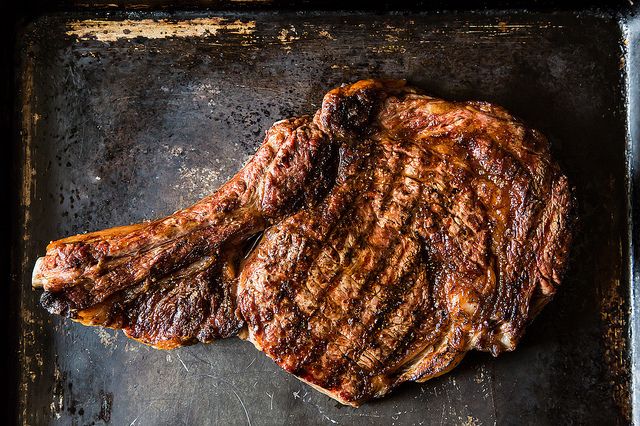
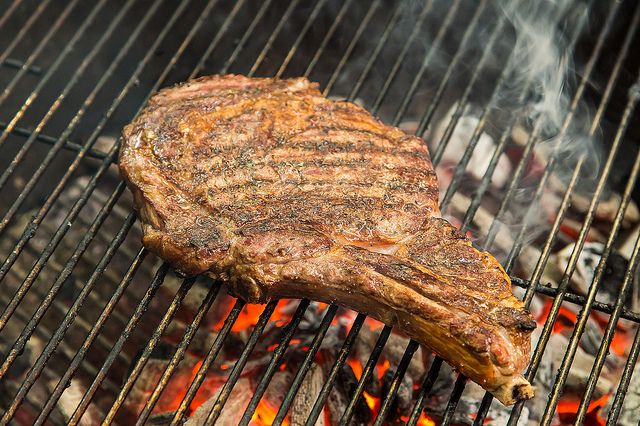
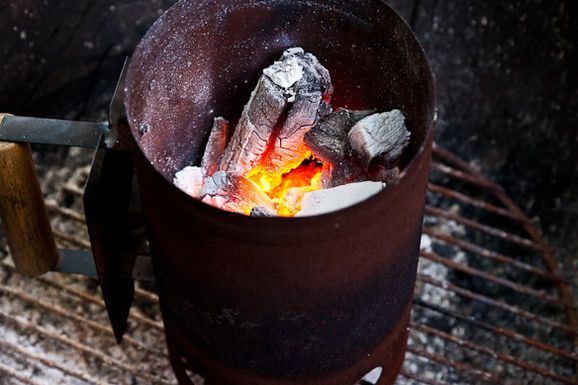
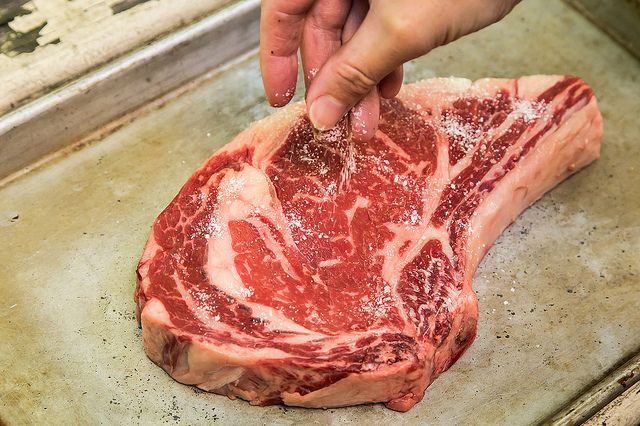
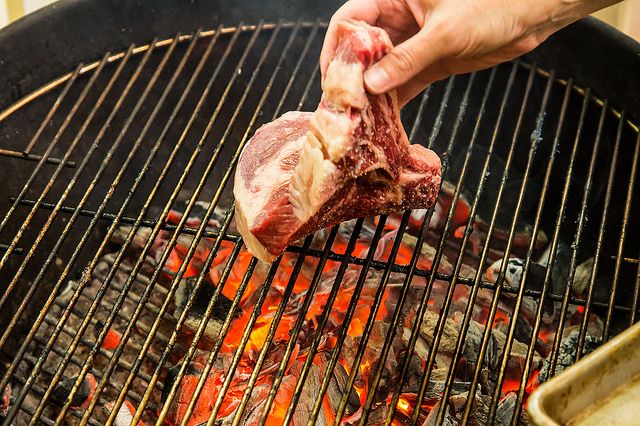
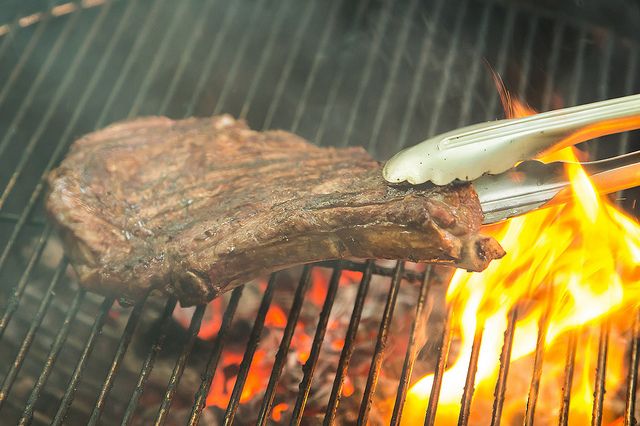
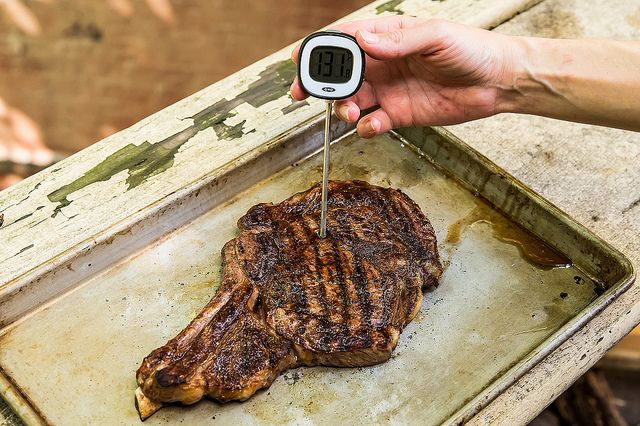
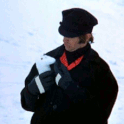
See what other Food52 readers are saying.